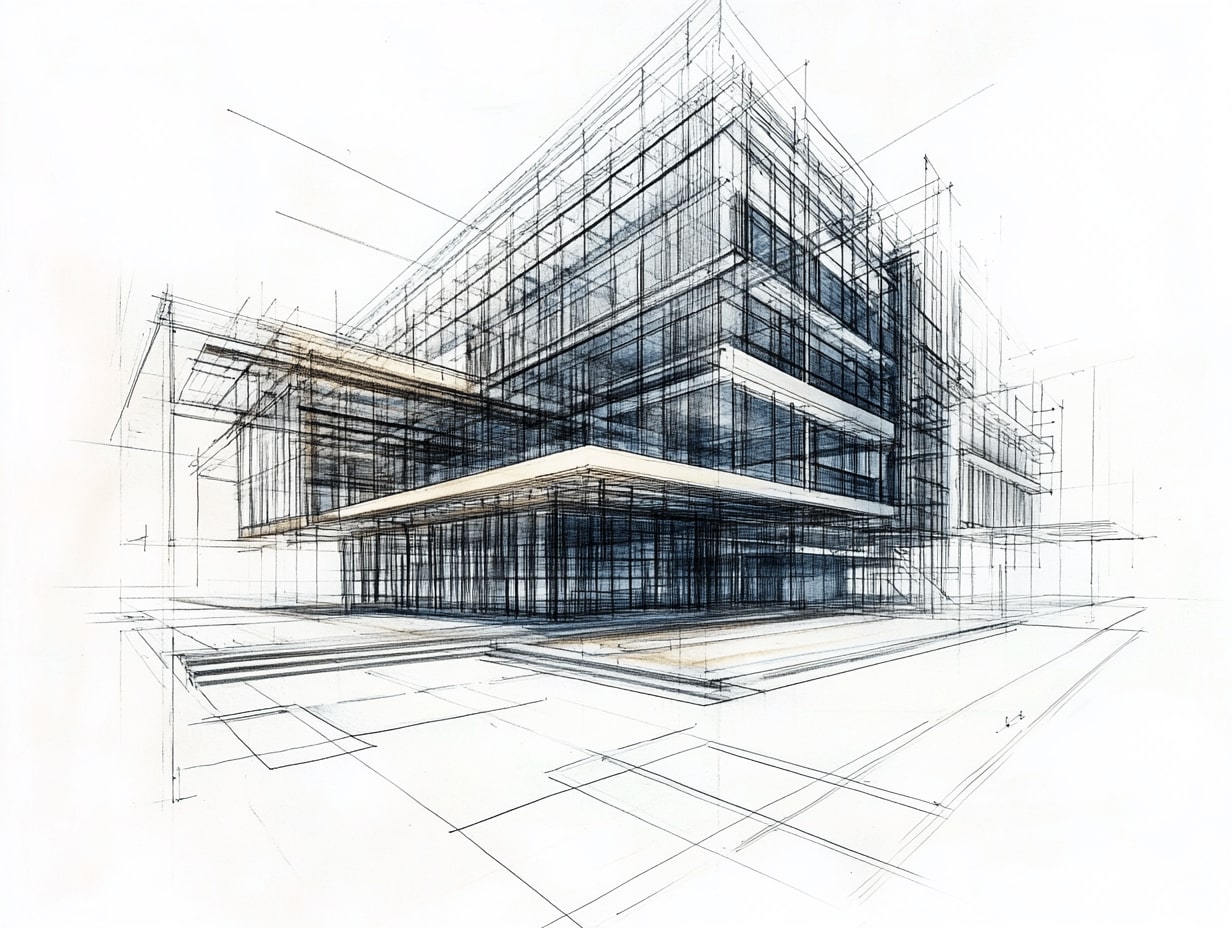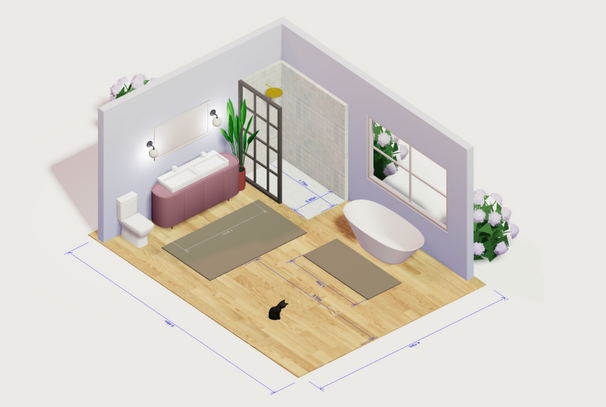- Home
- Articles
- Architectural Portfolio
- Architectral Presentation
- Inspirational Stories
- Architecture News
- Visualization
- BIM Industry
- Facade Design
- Parametric Design
- Career
- Landscape Architecture
- Construction
- Artificial Intelligence
- Sketching
- Design Softwares
- Diagrams
- Writing
- Architectural Tips
- Sustainability
- Courses
- Concept
- Technology
- History & Heritage
- Future of Architecture
- Guides & How-To
- Projects
- Interior Design
- Competitions
- Jobs
- Store
- Tools
- More
- Home
- Articles
- Architectural Portfolio
- Architectral Presentation
- Inspirational Stories
- Architecture News
- Visualization
- BIM Industry
- Facade Design
- Parametric Design
- Career
- Landscape Architecture
- Construction
- Artificial Intelligence
- Sketching
- Design Softwares
- Diagrams
- Writing
- Architectural Tips
- Sustainability
- Courses
- Concept
- Technology
- History & Heritage
- Future of Architecture
- Guides & How-To
- Projects
- Interior Design
- Competitions
- Jobs
- Store
- Tools
- More
Top AutoCAD Learning Course for Architects: Enhance Skills and Streamline Your Workflow
Discover the ultimate AutoCAD learning course for architects! Master 2D drafting, 3D modeling, and BIM workflows to enhance design precision, streamline workflows, and achieve superior project outcomes. Explore course recommendations, tips for choosing the right program, and unlock career opportunities with professional certification.

As architects, we know how crucial it is to bring our visions to life with precision and efficiency. AutoCAD has become an essential tool in our industry, helping us create detailed designs and streamline our workflows. But mastering this powerful software can feel overwhelming without the right guidance.
That’s where a well-structured AutoCAD learning course comes in. With tailored lessons designed specifically for architects, we can unlock the full potential of AutoCAD and elevate our design process. Whether we’re drafting floor plans or creating 3D models, the right course ensures we’re equipped with the skills to work smarter, not harder.
Investing in AutoCAD expertise isn’t just about learning software—it’s about enhancing our ability to communicate ideas and deliver outstanding results. Let’s explore how the right course can transform the way we design and take our architectural projects to the next level.

Table of Contents
ToggleAutoCAD For Architects
AutoCAD empowers architects to create precise 2D drafts and 3D models essential for architectural projects. Its tools streamline complex design tasks, reducing manual effort and enhancing accuracy. Features like layers, custom blocks, and annotation capabilities allow architects to manage intricate designs effectively.
We focus on features like dynamic blocks and parametric constraints that enable adaptable and reusable components, making updates efficient. AutoCAD’s integration with Building Information Modeling (BIM) software improves collaboration, aligning architectural designs with structural and MEP requirements.
Learning AutoCAD supports architects in adhering to industry standards by providing tools for standardized drawing templates and scales. It enables faster revisions during design changes, ensuring flexibility in the creative process. Understanding shortcuts and automation options optimizes time management and improves workflow, crucial for managing project deadlines.
By mastering AutoCAD, architects enhance their ability to communicate concepts to clients and teams using clear, professional documentation and visualizations.
Benefits Of Learning AutoCAD
Learning AutoCAD provides architects with tools and capabilities to excel in design creation and project management. Its comprehensive features enhance both technical skills and professional outcomes.

Improved Design Precision
AutoCAD ensures unparalleled precision in drafting and modeling by allowing architects to create accurate 2D and 3D designs. The software supports exact measurements, eliminating errors common with manual drafting. Features like snap tools and grid settings enable the creation of complex geometries with pinpoint accuracy. This precision is crucial for translating ideas into realizable structures while adhering to project specifications.
Enhanced Efficiency And Productivity
AutoCAD streamlines workflows through automation and intuitive tools, increasing project efficiency. Features like dynamic blocks and layer management reduce repetitive tasks, speeding up the design process. Architects can reuse templates and apply parametric constraints for quick adjustments, saving time during revisions. The integration with BIM software fosters seamless collaboration, allowing us to focus on design rather than manual coordination efforts.
Better Career Opportunities
Proficiency in AutoCAD opens doors to advanced career opportunities within architecture and related fields. Many architectural firms prioritize candidates skilled in AutoCAD due to its industry-standard status. Architects with expertise in this software can showcase detailed portfolios, proving their ability to produce professional-quality designs. Mastering AutoCAD builds a strong foundation for specializing in areas such as urban planning, structural drafting, or interior design.

Top Criteria For Choosing The Right Course
Choosing the right AutoCAD learning course for architects ensures we gain the skills to leverage the software’s full potential. Key factors like course content, instructor expertise, and certification play a critical role in this decision.
Course Content And Structure
The course must cover 2D drafting, 3D modeling, and advanced tools like dynamic blocks and parametric constraints. Ideally, it should address architectural-specific modules for workflows involving Building Information Modeling (BIM). A well-structured program includes practical exercises after theoretical sessions, ensuring we apply learned concepts during real-world scenarios. The pacing of modules should balance foundational knowledge and advanced topics to facilitate progressive learning.
Expert Instructors
Instructors should have substantial architectural and AutoCAD expertise. Professionals with demonstrated experience in fields like construction documentation, space planning, or urban design can provide relevant context. Look for courses led by certified AutoCAD trainers or instructors with a proven teaching track record. Access to live interaction, Q&A sessions, or personalized feedback improves learning outcomes.
Certification And Accreditation
Courses that offer a recognized certification enhance our professional credentials. Certification affirming AutoCAD proficiency boosts job prospects in architecture firms. Accredited programs from established organizations ensure quality and industry relevance. Look for affiliations with institutions like Autodesk, known for setting global standards for AutoCAD training.

AutoCAD Learning Courses For Architects
AutoCAD courses tailored for architects focus on enhancing design precision, streamlining workflows, and improving project outcomes. These courses cater to varying expertise levels, from beginners to advanced users, with specialized architectural modules.
Beginner-Friendly Courses
Beginner-friendly AutoCAD courses introduce architects to essential tools and basic techniques for 2D drafting and 3D modeling. Core topics include navigation, drawing tools, and layer management. For example, many entry-level courses teach practical workflows like creating simple floor plans or elevations. Resources often include step-by-step tutorials and guided exercises to build foundational skills. These courses are ideal for those starting their architectural careers or transitioning from manual drafting to digital platforms.
Advanced-Level Programs
Advanced AutoCAD programs focus on mastering complex features and improving design efficiency for professional architects. Content covers dynamic blocks, parametric constraints, and customization of tool palettes. For instance, many programs include training on automating repetitive tasks and integrating AutoCAD with BIM software. Participants often gain in-depth knowledge of advanced rendering techniques for creating photorealistic 3D models. These programs benefit architects working on large-scale or multidisciplinary projects requiring precision and collaboration.
Specialized Architectural Courses
Specialized AutoCAD courses cater to niche architectural needs, offering modules customized for building designs, urban planning, or interior detailing. Topics often include BIM workflows, CAD standards for architectural projects, and project-specific approaches like detailed façade modeling. Examples include courses focusing on parametric design for adaptive structures or template creation for standardized documentation. These courses enable architects to address unique design challenges and optimize collaboration with structural and MEP teams.
Conclusion
AutoCAD learning courses provide architects with essential skills to enhance precision, streamline workflows, and achieve superior project outcomes. By focusing on 2D drafting, 3D modeling, and industry-specific features, these courses help us adapt to evolving architectural demands. Proficiency in AutoCAD not only improves technical capabilities but also strengthens our ability to communicate concepts effectively.
Selecting courses with comprehensive content, experienced instructors, and reputable certification maximizes value. Beginner, advanced, and specialized courses address diverse skill levels and professional goals, ensuring that every architect can find the right program to suit their needs.
- advanced AutoCAD techniques
- architect workflow course
- architectural design training
- AutoCAD certification program
- AutoCAD classes for architects
- AutoCAD course for architects
- AutoCAD skills for architects
- AutoCAD software for architects
- AutoCAD training for architecture
- AutoCAD tutorials for architects
- AutoCAD workshop for architects
- best AutoCAD course
- enhance AutoCAD skills
- learn AutoCAD online
- online AutoCAD training
- professional AutoCAD courses
- streamline architecture workflow
Submit your architectural projects
Follow these steps for submission your project. Submission FormLatest Posts
Best Architectural Software for Students in 2025
In 2025, digital tools aren’t just convenient — they’re essential to learning,...
Beginner’s Guide to Arcadium 3D: Your First Room Design in 5 Easy Steps
Designing a room used to mean wrestling with tape measures, mood boards,...
Architectural Design Software Tools for Student Design
Many architecture students want fast ways to explore ideas. Some of them...
Lumion 2024.3: It’s Time to Enhance Urban Visualization
With 5x faster video rendering, a remarkable improvement in material quality, and...












Leave a comment